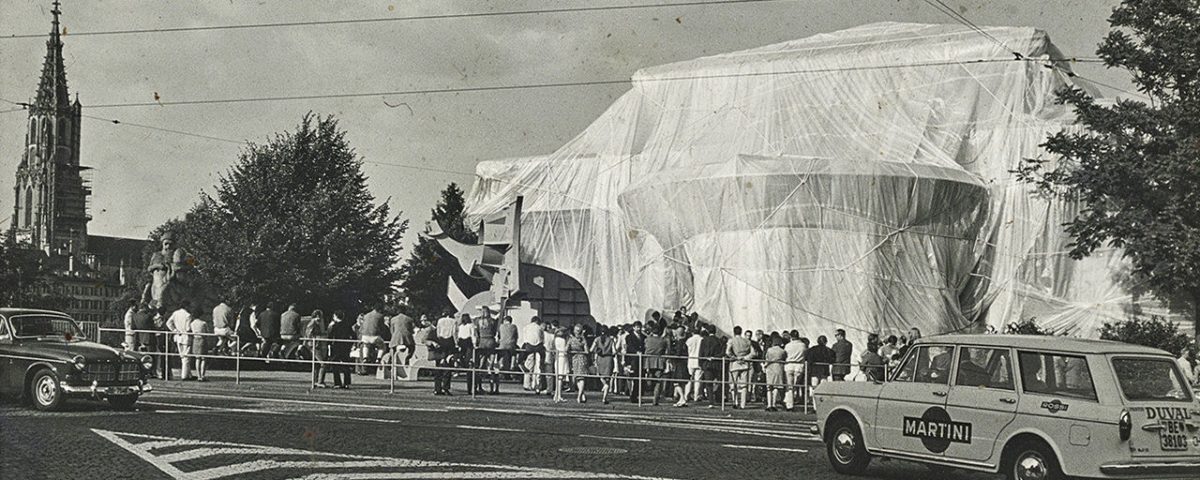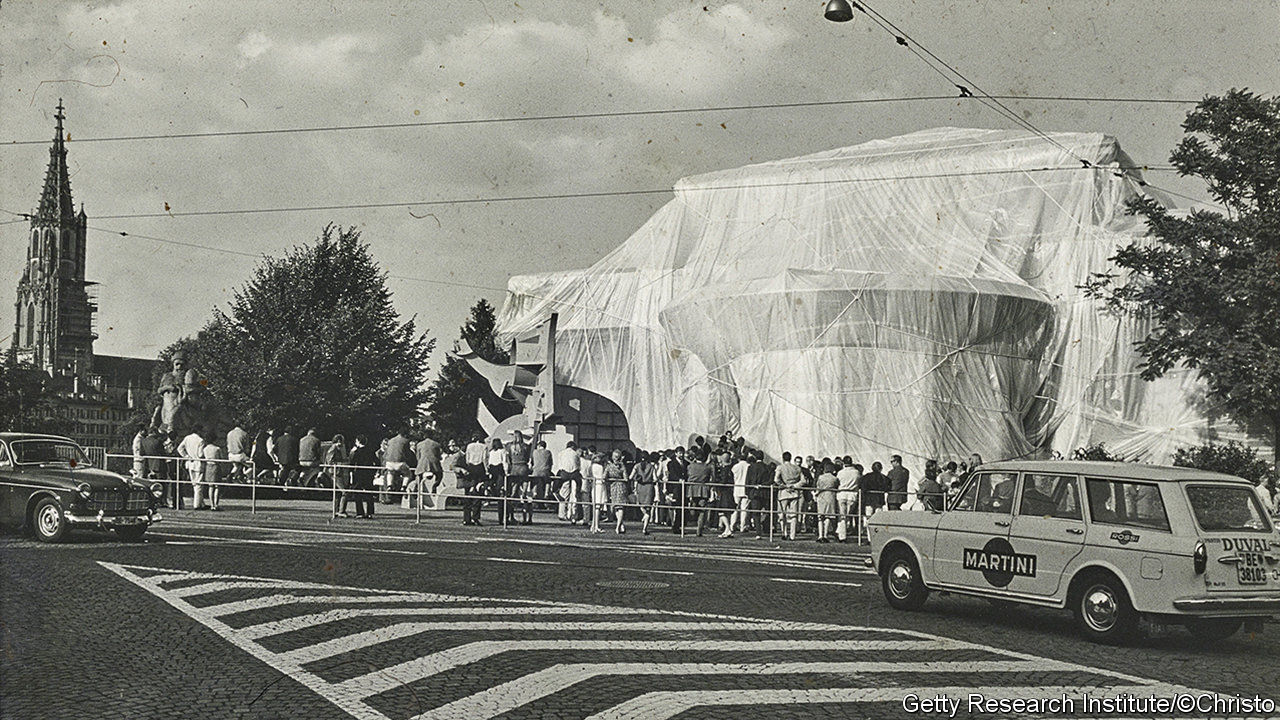ON THE floor is a black, 1960s-style telephone. “If this telephone rings, you may answer it,” a note reads. “Walter De Maria is on the line and would like to talk to you.” This appealingly quirky piece of art, selected for exhibition in 1969 by Harald Szeemann, does not seem especially odd by today’s standards. That is because current contemporary art shows owe so much to the Swiss curator, who died in 2005.
The landmark exhibitions of the previous 100 years—the first Impressionists collection in 1874 or the Armory Show in 1913, where Marcel Duchamp’s “Nude Descending a Staircase” shocked America—are remembered primarily for their content. Szeemann’s revolution was to make form significant, and to introduce a theatrical element to exhibition-making. Viewers became participants in a spectacle where artworks played off one another and the space around them. He was “like a movie director,” said Christo, whom Szeemann invited to wrap the Kunsthalle museum in Bern, Switzerland, in reinforced polyethylene in 1968 (pictured,…Continue reading
Culture







